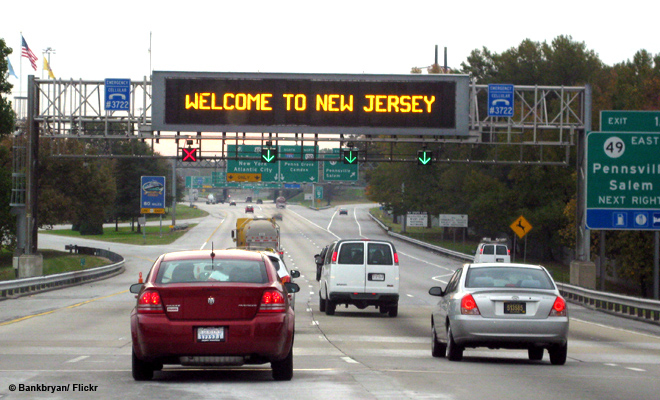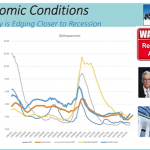New Jersey Future Blog
Making Our Coastline Both Resilient and Prosperous
July 8th, 2015 by Elaine Clisham
Recommendations directly parallel New Jersey Future work
Can our coastal areas enjoy both prosperity and resilience? This was the question posed at the annual Peter Lord Seminar on the Environment, presented June 25 in Providence, R.I., by the Metcalf Institute for Marine and Environmental Reporting at the University of Rhode Island’s Graduate School of Oceanography. The answer is yes, but it will require better information and longer-term planning.
Preserving the economic viability of our coastal areas is critical. In terms of employment, according to NOAA’s Coastal County Snapshots, the ocean economy employs more people nationally than do crop production, telecommunications, and building construction combined. In New Jersey, the ocean economy provided 105,200 jobs in 2012, up from 77,300 jobs in 2005. It represents $4 billion in wages paid, and more than $7.4 billion in good and services produced. Tourism provides the overwhelming majority (slightly less than 80 percent) of coastal jobs, with marine transportation, both shipping and passenger transportation, showing strong growth. Any coastal management initiative needs to preserve these economic benefits.
Not included in these economic snapshots are non-quantifiable assets like viewsheds, recreational opportunities, and wetlands that help protect the coastline from climate-related flooding and from severe weather. But, as keynote speaker Jeff Payne from NOAA’s Office of Coastal Management stressed, it is critical to sustain these assets, both because they are integral to growing the coastal economy and because they help protect it. Wetlands in particular, he noted, can be not just a natural protector but a marketable asset: Research has shown that healthy wetlands can sequester carbon at three to five times the rate of forests.
Other recommendations for protecting both the coast and its economy included:
- Addressing the tension in post-disaster relief between immediate, individual need and longer-term community choices. Payne pointed out that most post-Sandy relief funds were allocated before communities had a chance to develop a good understanding of where the best uses for those funds would be. In the future, he said, we will need to learn how to recover from disasters more smartly.
- Making decisions using a 30- to 50-year planning horizon, to account for the present and growing threat from sea-level rise.
- Involving businesses, investors and the insurance industry in addressing resiliency challenges. Efforts to increase sustainability can offer reduced risks, greater competitive advantages and new economic opportunities.
- More expansive use of a technique called least-cost planning, in particular when trying to quantify costs and benefits of green infrastructure. Least-cost planning evaluates all alternative approaches to a project, and tries to include not just direct costs and benefits but indirect externalities both good and bad — things like projected reductions in greenhouse-gas emissions, for example, or projected growth in various industries — that will result from implementation of a proposed initiative.
- Greater use of “green” infrastructure bonds to cover initial costs. Quantifying long-term benefits will be crucial to investor acceptance of such financing tools.
- Greater use of avoided-cost calculations. The Rhode Island Coastal Resources Management Council is developing vulnerability indices for coastal communities, taking into account the projected economic cost of damage to infrastructure, interruptions to business, etc. Educating local officials and residents about this information can help municipalities take steps to reduce costs from future natural-disaster damage. (It can also help the state to plan: The analysis of state transportation assets found that a newly constructed bridge topped the list in terms of vulnerability to sea-level rise!)
Several of the recommendations have direct parallels to New Jersey Future’s work in Sandy-affected communities, where the organization’s local recovery planning managers are taking advantage of post-Sandy recovery programs to help six towns understand their vulnerability to sea-level rise and future severe storms, and then develop long-term strategies to reduce their risks. For more information on New Jersey Future’s municipal vulnerability assessments, please contact New Jersey Future’s Recovery Planning Manager David Kutner (dkutner njfuture
njfuture org) .
org) .
















